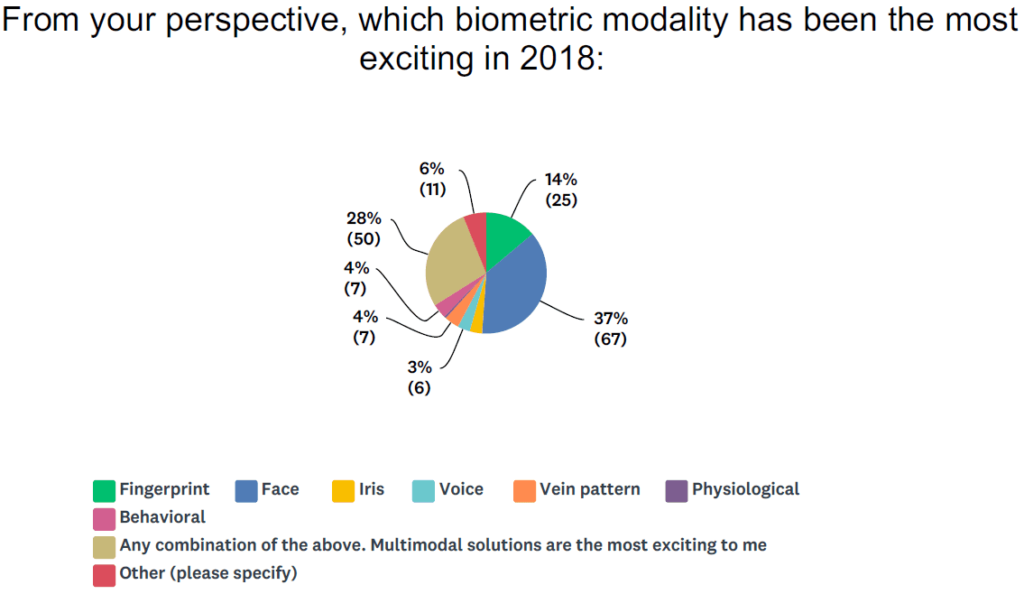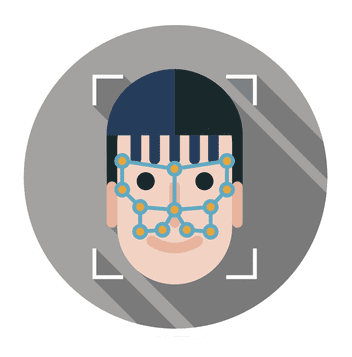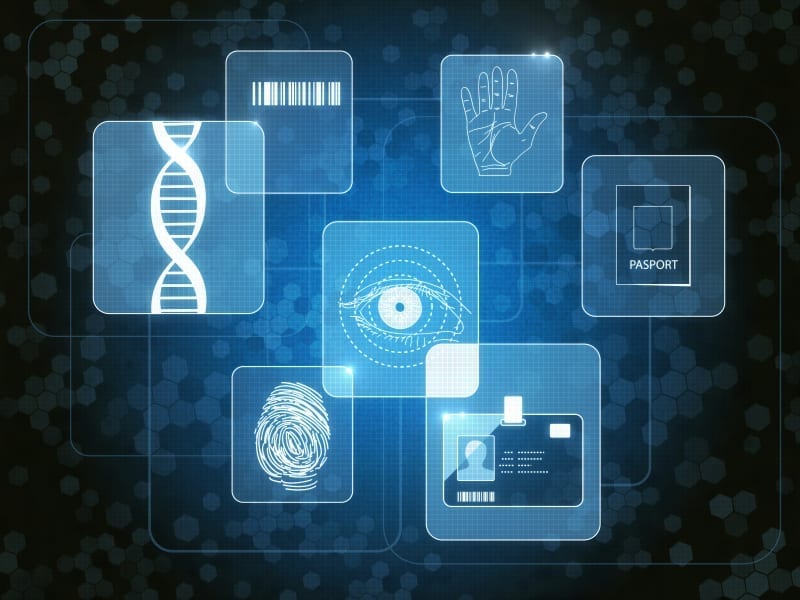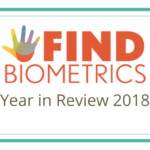
The results are in for the latest FindBiometrics Year in Review Survey, with at least some of them confirming the biggest trends observed over the course of 2018. And this can be seen clearly in the responses to Question Three of the survey in particular, which asked, “From your perspective, which biometric modality has been the most exciting in 2018?”

Smile for the Camera

The lion’s share of responses went to facial recognition, with 37 percent of respondents putting it in the spotlight. To some extent, this result could have been anticipated going into 2018: Apple had just launched its first smartphone with Face ID, its 3D facial recognition system, and had ditched its iconic fingerprint scanning system for the device to boot. That prompted a wave of responses from the broader industry, with many wondering if Apple’s switch to facial recognition could do for that modality what its introduction of Touch ID did for fingerprint scanning after its launch in 2013.
A lot of that was borne out. Apple’s arch-rival Samsung sought to improve the facial recognition supporting its flagship iris scanning system in its Galaxy S smartphone line, and reports emerged later in the year that the company was working on a 3D facial recognition system for the forthcoming Galaxy S10. Other smartphone brands also incorporate ‘face unlock’ systems, while a number of third party software solutions were also lifted by the rising tide of interest in this technology. And for its part, Apple made the switch definitively in 2018, with all of its new iPhones featuring Face ID, and lacking Touch ID.
… Or Don’t

‘Exciting’ doesn’t always carry a positive connotation, however, and there was a darker side to the excitement around facial recognition last year after an ACLU report exposed Amazon’s sale of such technology to law enforcement agencies seeking to use it as a new surveillance tool. The issue proved explosive, with privacy and civil rights groups, a number of Amazon shareholders, and even its own employees calling on the company to stop this practice.
That, in turn, sparked a larger debate about how facial recognition technology should be deployed, with the end of the year seeing major tech leaders including Microsoft’s President, Brad Smith, calling for government regulation. Even the CEO of NEC, a leading supplier that is largely unknown to the broader public, issued a statement welcoming the discussion. It hasn’t always been a productive debate, but it has certainly been exciting.
Fingerprints Stick Around

The other single modality that took a big piece of the pie in Question Three of the FindBiometrics Year in Review Survey was fingerprint recognition, which got 14 percent of the vote. This is perhaps surprising, given the prominence of facial recognition and the decline of Apple’s Touch ID. Yet it’s an area where technological innovation has continued, most notably in the area of in-display fingerprint sensor technology.
This was long thought to be Apple’s white whale, with many industry watchers seeing it as the next major step in the evolution of Touch ID, and even surfacing rumors and insider leaks suggesting that Apple was actively pursuing the ability to bring its fingerprint sensor into the display of the iPhone. But in the end, it didn’t appear in any Apple devices at all. Instead, China-based rivals like Vivo, Huawei, and OnePlus introducing smartphones in 2018 that featured in-display fingerprint sensors. Indeed, they used the technology as a key market differentiator, seeking to impress consumers with a technological innovation that had eluded even Apple and Samsung.
Is this momentum going to carry into 2019? It’s difficult to say. But it certainly helped to maintain some excitement in the field of fingerprint biometrics over the course of 2018.
The Trick Answer

Finally, the other big winner in the Question Three responses – indeed, a bigger one than fingerprint recognition – wasn’t actually a biometric modality, but rather an approach to biometric security: Multimodality. It took a whopping 28 percent of votes, and yet it’s a form of authentication that is often overlooked by consumers. While Samsung’s ‘Intelligent Scan’ authentication system combined facial recognition with iris recognition, it didn’t generate the kind of excitement among consumers that Apple’s Face ID did, possibly because for them, the end result is the same – you look at your phone, and the screen unlocks.
Nevertheless, security experts and biometrics industry insiders know that multimodality is the strongest approach for biometric security, and in highly sensitive settings such as financial institutions and airport screening systems, these kinds of security solutions are often preferred. It’s not at all likely that many consumers would even know what “multimodality” means, but for the biometrics industry experts who answered FindBiometrics’ Year in Review Survey, its importance in the 2018 landscape was clear enough.
Plus Ça Change

All of that having been said, the big twist in this year’s FindBiometrics Year in Review Survey is that there wasn’t one – these are the same top modalities from the 2017 Year in Review Survey, with almost the same proportions. And that points to the continuity in these trends: The rise of Face ID and facial recognition-based surveillance, the seeds of in-display fingerprint sensor technology, and the strength of multimodal security were all evident as 2017 came to a close. In 2018, these trends continued, and in some respects came to fruition.
Going into 2019, none of these trends seem likely to disappear; but those who have been in the industry long enough to remember the mobile biometrics revolution launched by Touch ID in 2013 will bear in mind that there’s always the possibility of disruption from innovative new technologies in the field of biometrics. These trends might stay big, but something bigger could come along.
–
January 10, 2019 – by Alex Perala






Follow Us